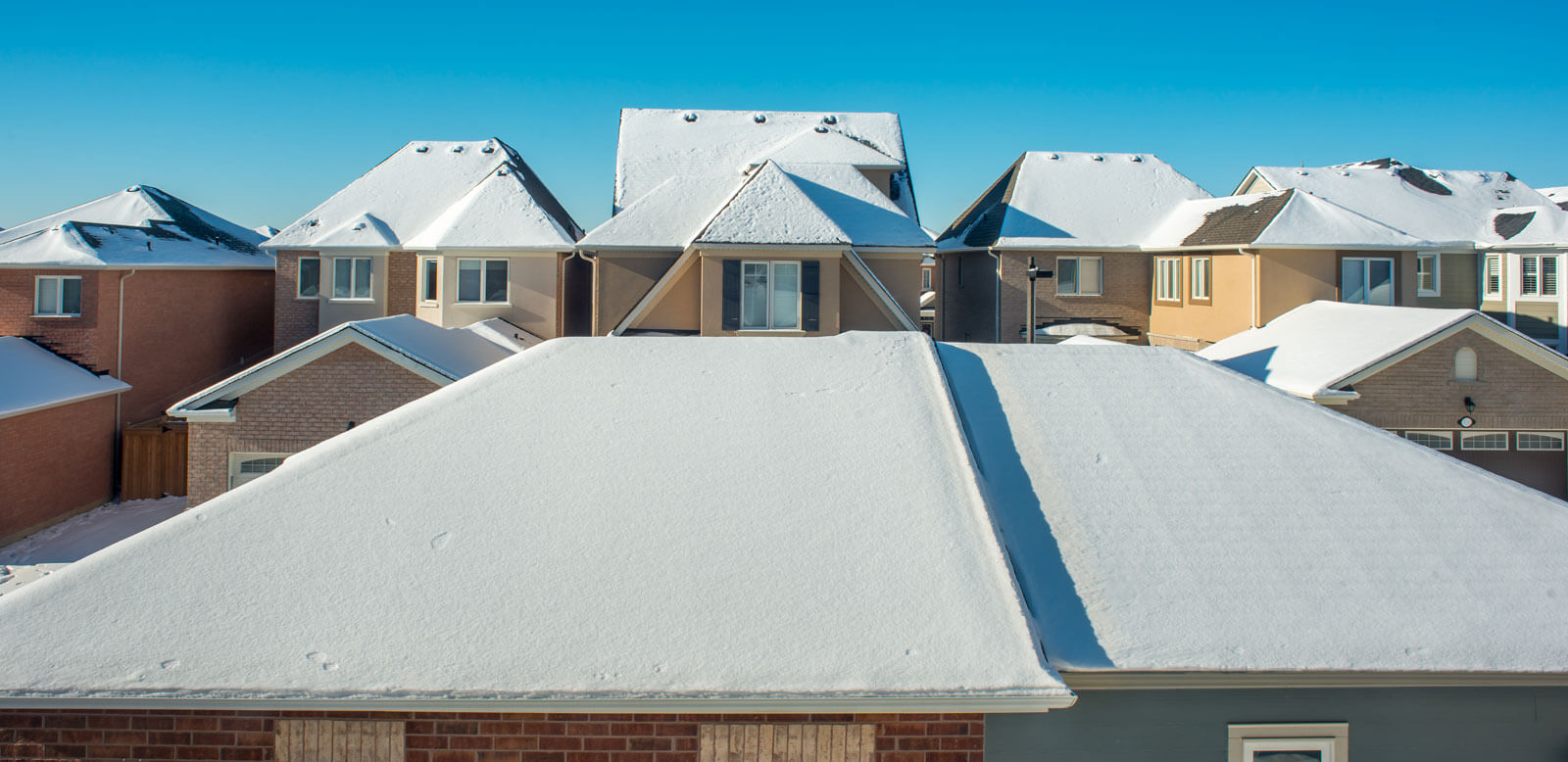
Prevent frozen pipes and other tips for winter weather
January 22, 2022 — Homeowner insights
Certain parts of the country experience extreme weather regular during the winter months. If you’re a North Dakota native, freezing temperatures are nothing new to you. If you’re from upstate New York, snow accumulation measured by feet instead of inches won’t shock you. But when Texas temperatures drop below 32 degrees, or South Carolina gets even an inch of snow, infrastructures are challenged, and knowing how to respond isn’t instinctual. With unexpected weather, the consequences of being unprepared can be costly.
Whether you’re new to parts of the country that experience winter weather or find yourself preparing for atypical conditions, here are some tips to safeguard your home during extreme winter weather.
Protect your pipes
Freezing temperatures and loss of power can result in frozen pipes and potential water damage. Running water can keep pipes from freezing. A fast drip from each faucet relieves the pressure when freezing occurs. Opening kitchen and bathroom cabinets where pipes are housed can keep warm air circulating around your plumbing to prevent freezing. If you store harmful cleaners or household chemicals in this location, be sure to move them out of the reach of children. Keep your garage door closed if water supply lines are located in the garage.
Knowing where your water shutoff valve is located is important to prevent water damage, either from frozen pipes or leaks that can occur unrelated to freezing temperatures. If your home has a basement or a crawlspace, the shutoff will likely be located on an interior wall near the front of the house where the water enters from the water meter. In homes built on a slab, the valve can often be found near the water heater or inside the garage. Sometimes, water shutoffs are located underground near the property line closest to the street. A meter key might be required to gain access, so know where and how to find this before a plumbing emergency.
Maintain heat
If loss of power occurs, try to get an alternate source of heat running. Generators (never to be operated inside or in enclosed spaces), indoor-safe propane heaters and wood-burning stoves are good options. With kerosene heaters, you must have adequate ventilation to other rooms and a source of fresh, outside air, such as a window or door, open at least 1 inch. Alternative heat sources can release carbon monoxide. Having functional, battery-operated carbon monoxide detectors is a must.
If you anticipate a power outage, you can turn your heat up, warming your home more than you typically might. Additionally, keeping doors closed and minimizing the need to go in and out will keep the warm air inside your home. Open drapes and blinds during the day to let the sun warm your rooms. Then, close them at night to help keep the heat inside.
Look for leaks
Your roof should protect your home from the elements, but colder temperatures and precipitation can create ice dams. When this occurs, ice builds up on top of the shingles and can seep into the wood under the roof’s covering, known as the sheathing, and cause leaks. Do not attempt to gain access to your roof to assess the damage. Instead, you can look for signs of water damage in your attic or monitor ceilings for water stains. If you detect a problem, file a claim and contact a roofing company to remedy the situation.
When conditions improve and allow you to do so, assess your property. If you experienced power outages, make sure all your appliances and electronics are working properly. If wind or ice damaged trees, be sure to check your roof for fallen limbs or debris. Look for any signs of damage. If you spot a problem, contact your insurance company to file a claim and then arrange for the necessary repairs.
When winter weather is imminent, minimize damage or loss to your property. Know how to prevent your pipes from freezing. Have a plan for keeping your home warm in the event of power loss and monitor your roof for signs of failure during extreme or unexpected conditions. Taking these few simple steps during winter weather can prevent damage to your home and keep you and your loved ones safe.
